Yellowtail rockfish
Sebastes flavidusYellowtail rockfish can live to be over 60 years old. Researchers can gauge the age of fish by analyzing their otoliths (ear bones), which grow in annual patterns like tree rings.
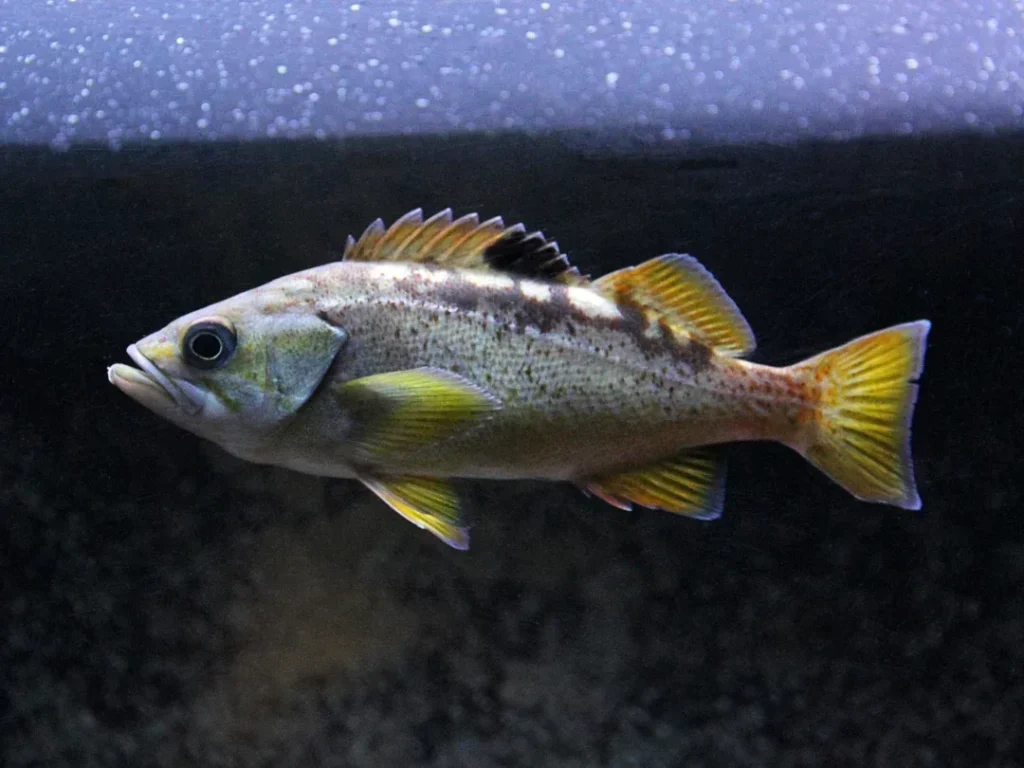
Yellowtail rockfish can live to be over 60 years old. Researchers can gauge the age of fish by analyzing their otoliths (ear bones), which grow in annual patterns like tree rings.

Elderly rockfish have age-related health needs, just like aging humans. Two of the yelloweye rockfish in our care needed to have an eye surgically removed to preserve their health.
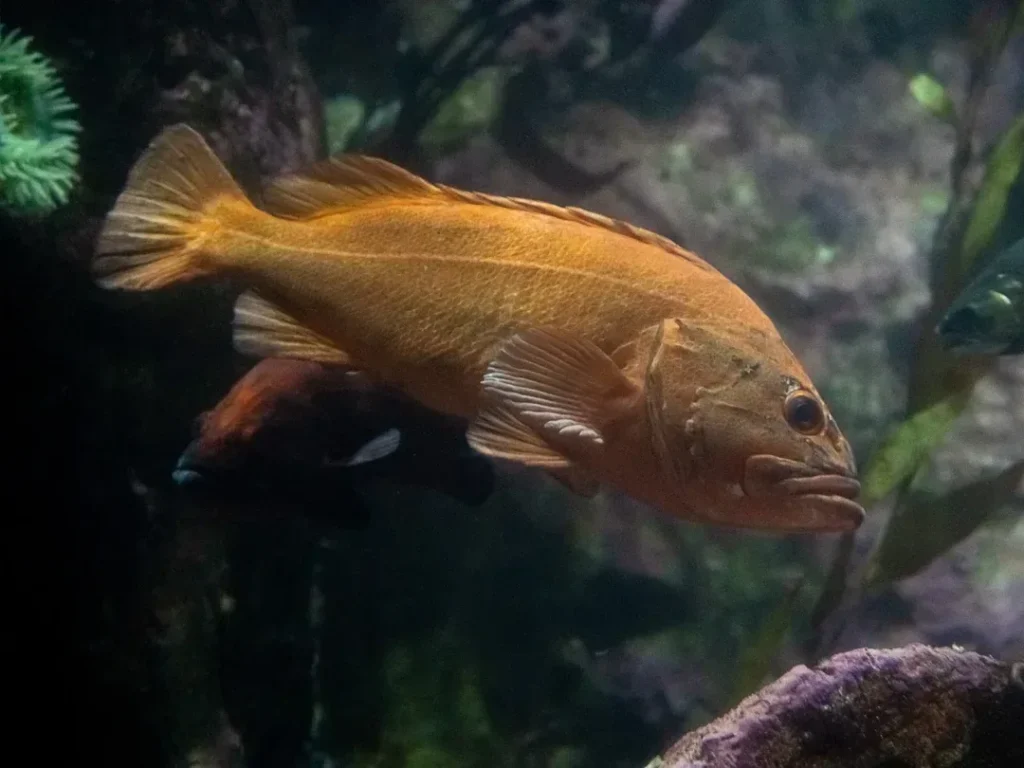
These predatory sea snails feed on acorn barnacles and mussels by using their sharp, toothy radula to drill through the shells of their prey and get to the tasty morsel inside.
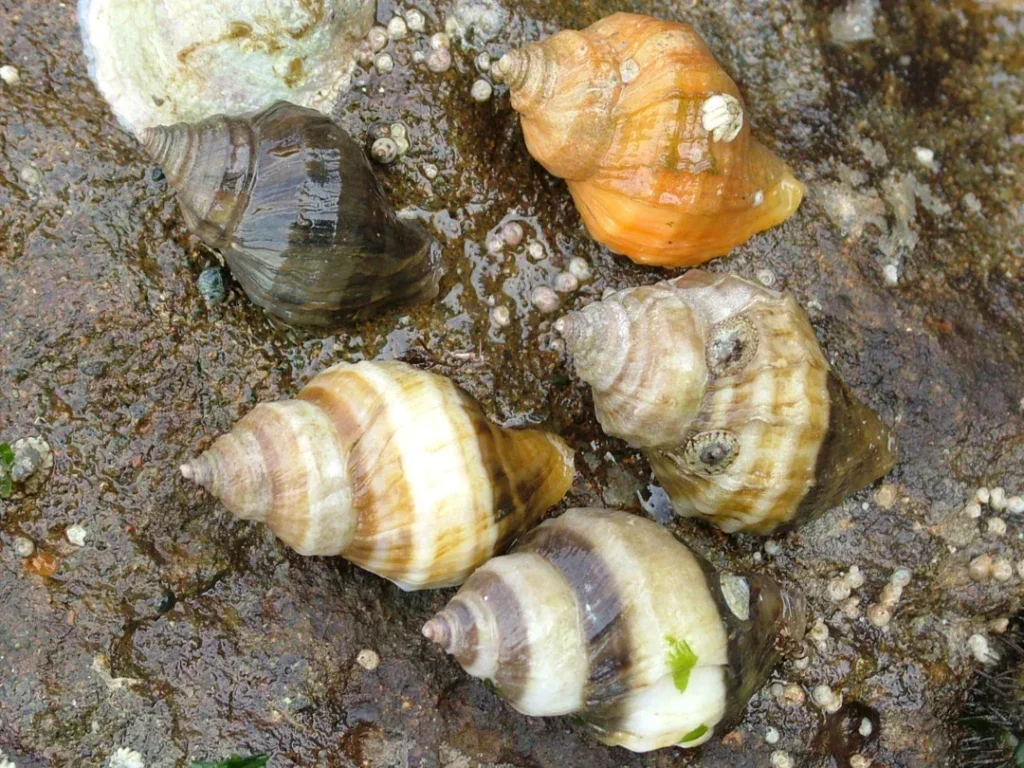
Every wolf eel has a unique pattern of dark spots on its head and body—which allow our animal care team to individually identify different wolf eels in our care at the Aquarium!
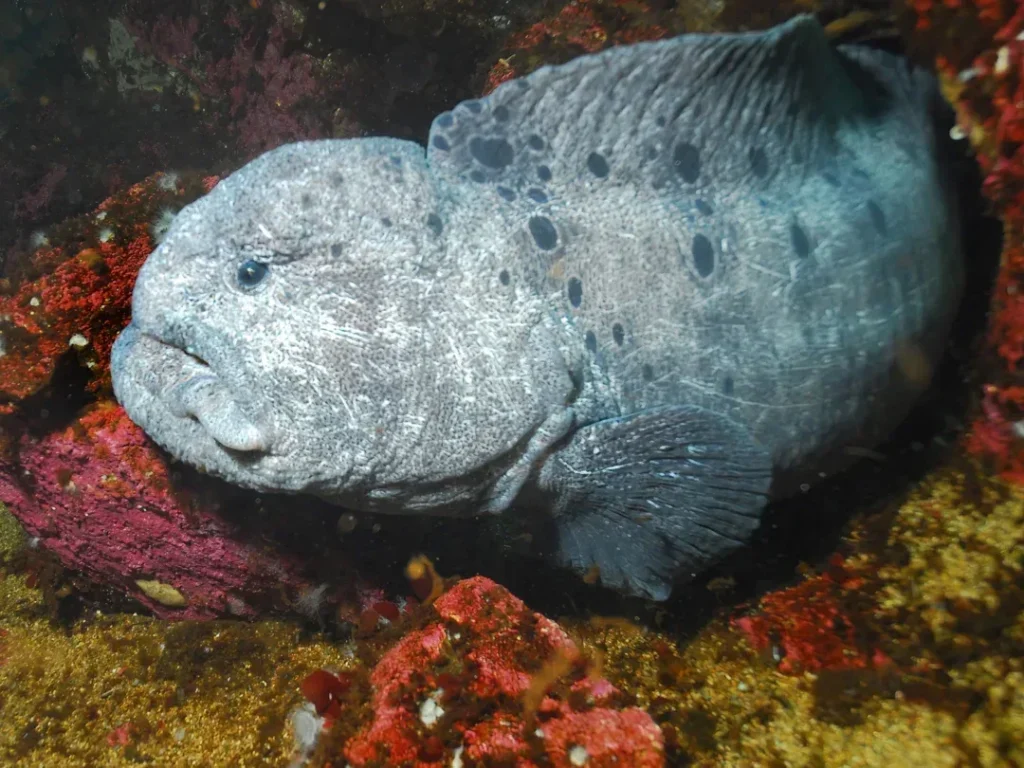
Widow rockfish are found at depths ranging from 80 to 1,200 feet below the surface, with both juveniles and adults living together in large schools close to or above rocky reefs.
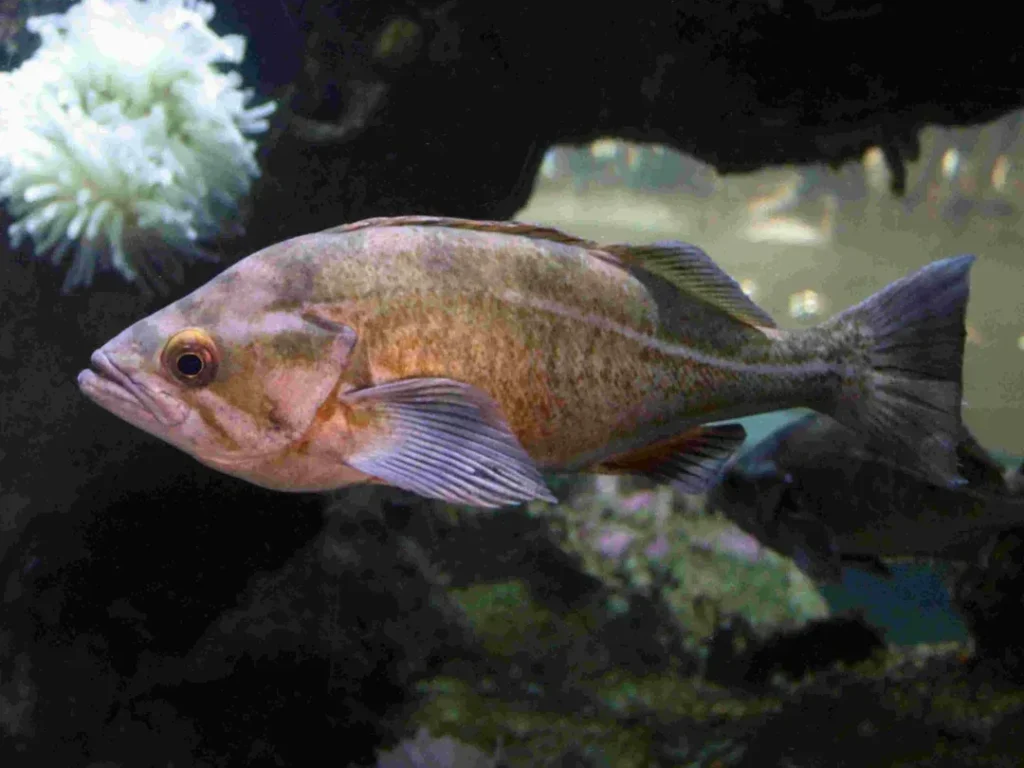
One look at the column, or body, of this invertebrate (animal without a backbone) makes it clear why they're also called strawberry anemones!
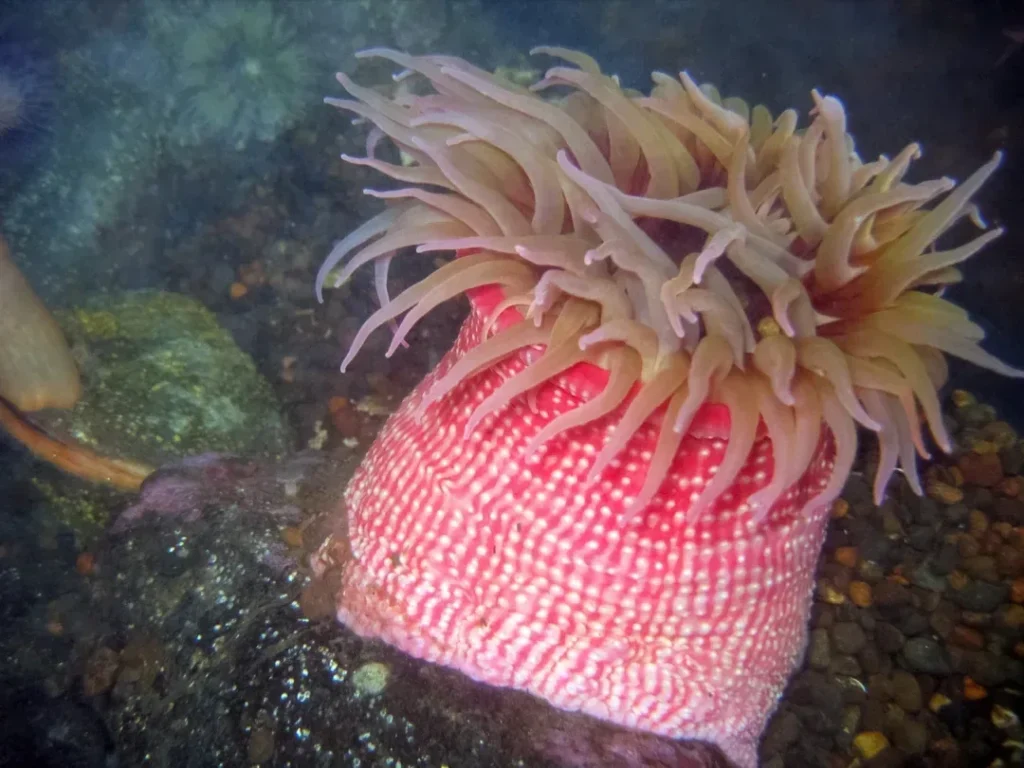
The second word in this sea star's scientific name, aequalis, means “equal” in Latin and is a reference to the five evenly-shaped rays (or arms) exhibited by this species.
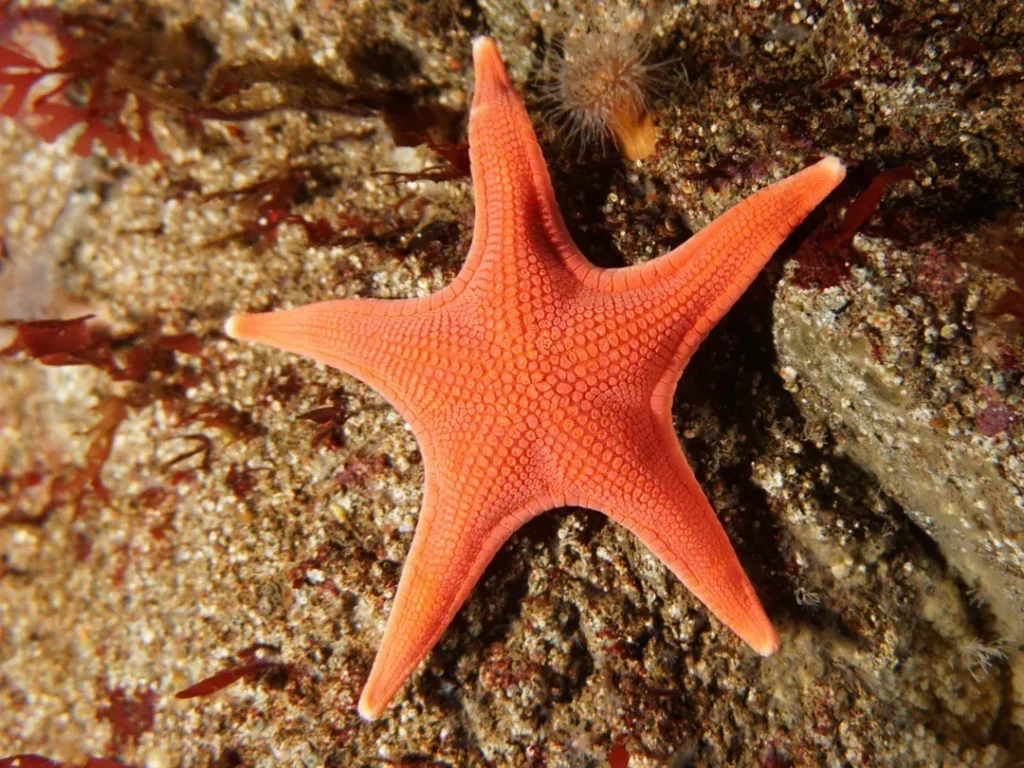
While most sea stars use their pedicellariae (small, pincer-like structures on top of the body) for defense, this species can actually use them to capture prey—even snails and fish!
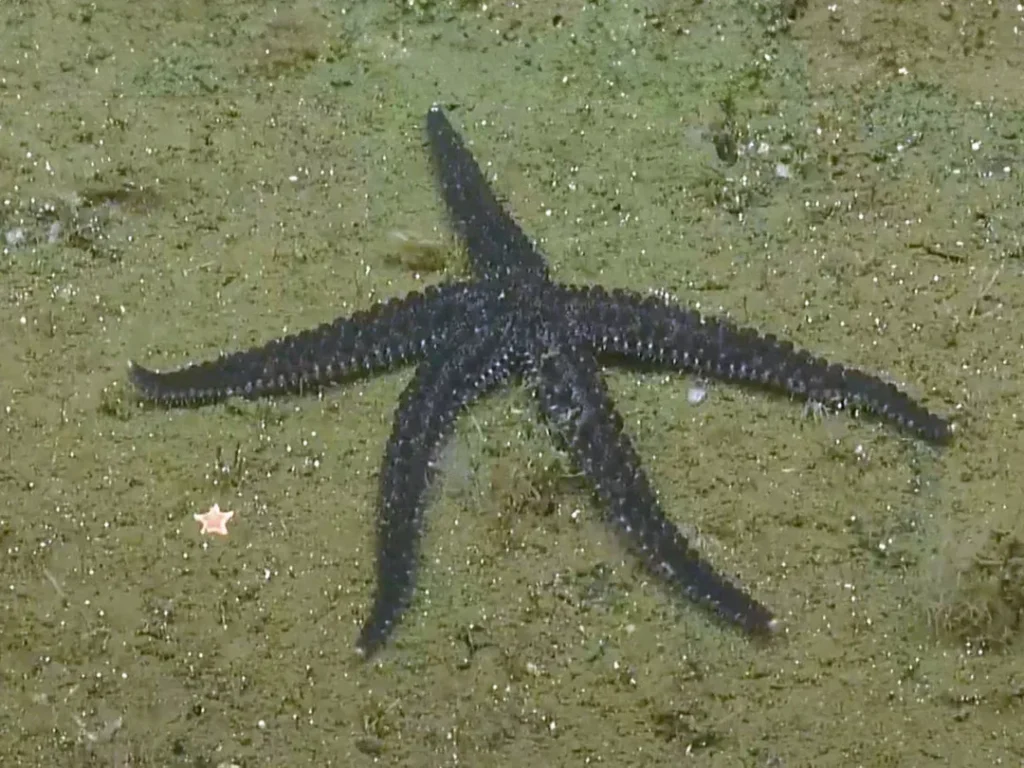
Like their namesakes on land, tiger rockfish are known for their distinctive markings. These reclusive fish may rapidly change color when the light changes or they become stressed.
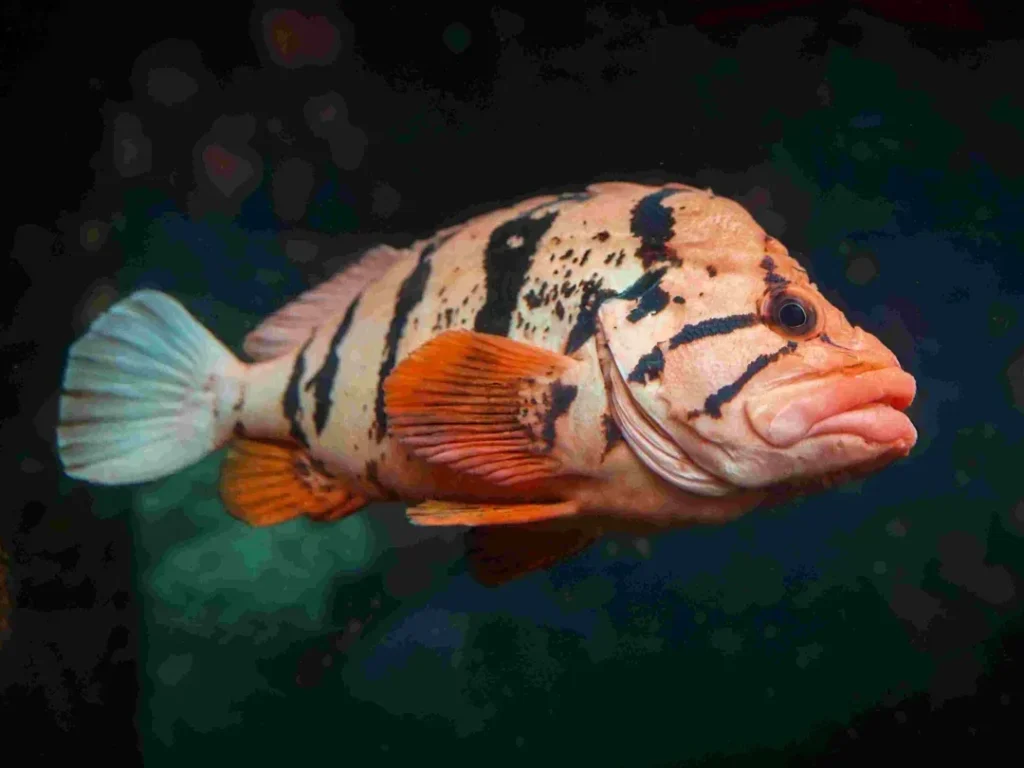
Despite the rosy rockfish's bold coloration, predators can't spot them in deep waters because red light can't penetrate that far below the surface—making them look gray!
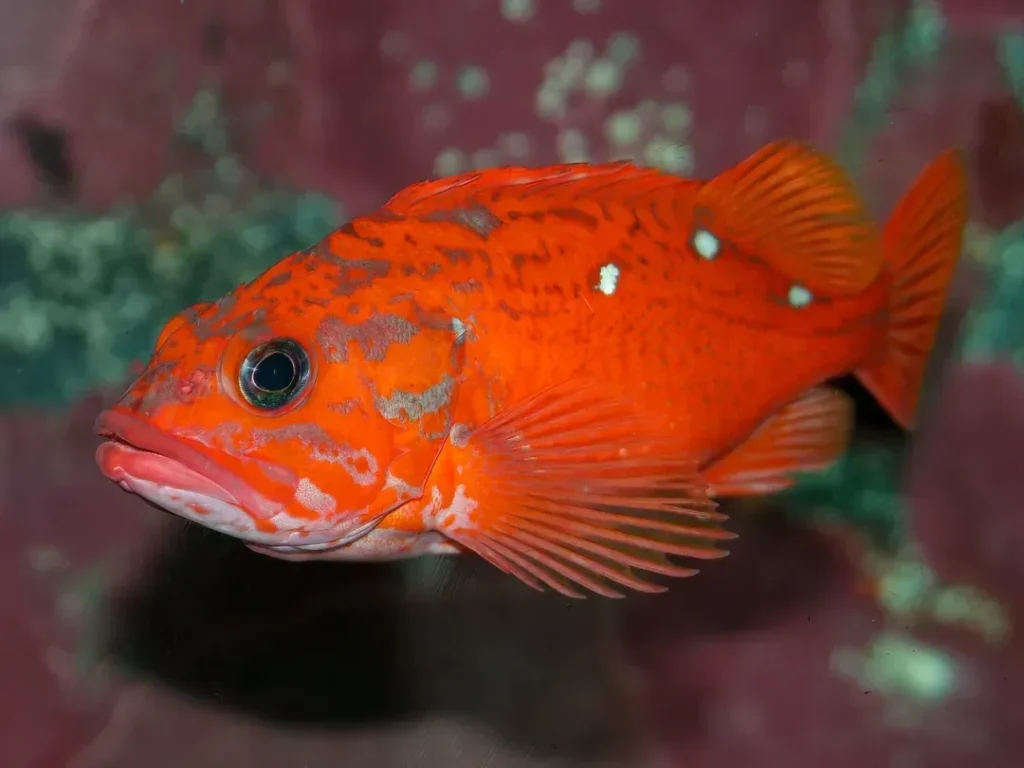
This marine snail with a vibrant shell is typically found in kelp forests, munching away on kelp blades—or on rocky shores in the intertidal zone, feasting on algae.
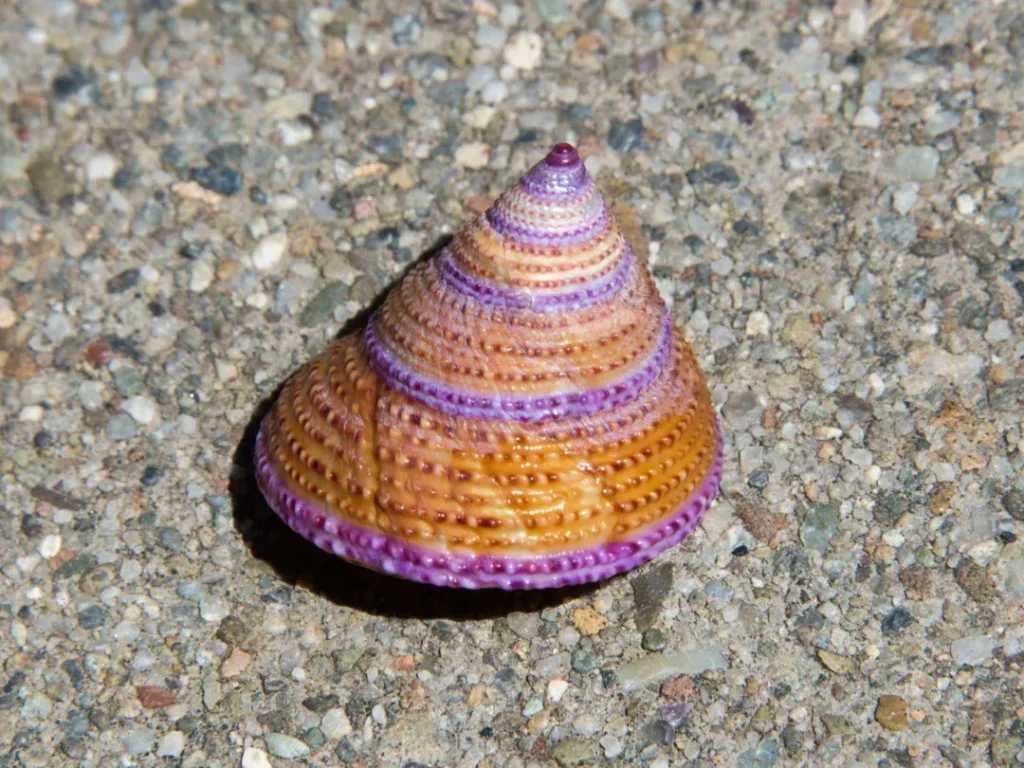
With their spiky dorsal (top) fins, quillback rockfish are aptly named. This solitary species inhabits rocky reef and kelp beds. The oldest recorded individual was 90 years old!
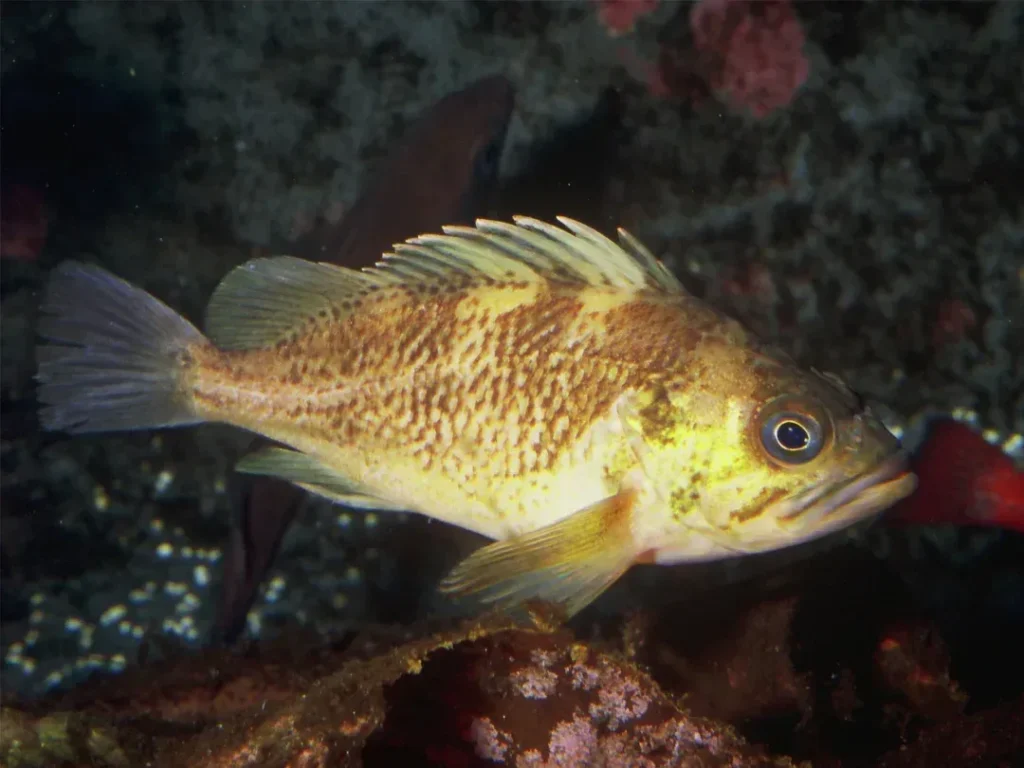
These large, colorful sea stars can grow to a diameter of up to 24 inches. Like all sea stars, they have eye “spots” at the end of their rays (arms) that help them detect light!
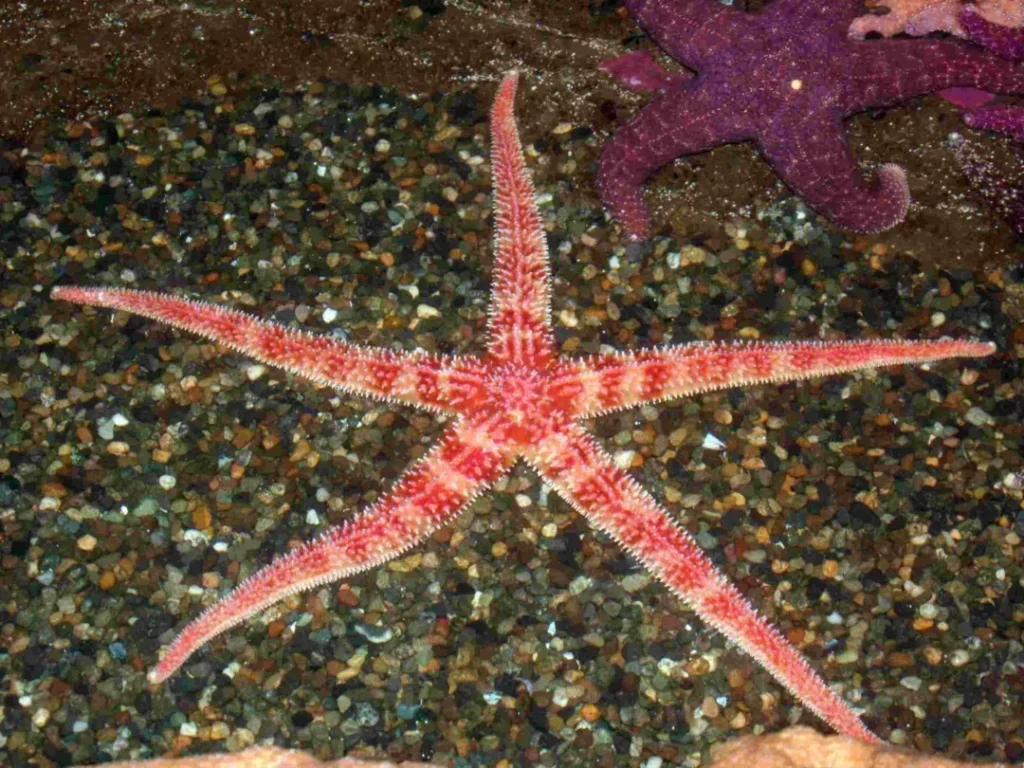
These fish tend to rest on the bottom—from shallow waters to depths of up to 1,500 feet. Because of their mottled pattern, which provides camouflage, they can be difficult to spot.
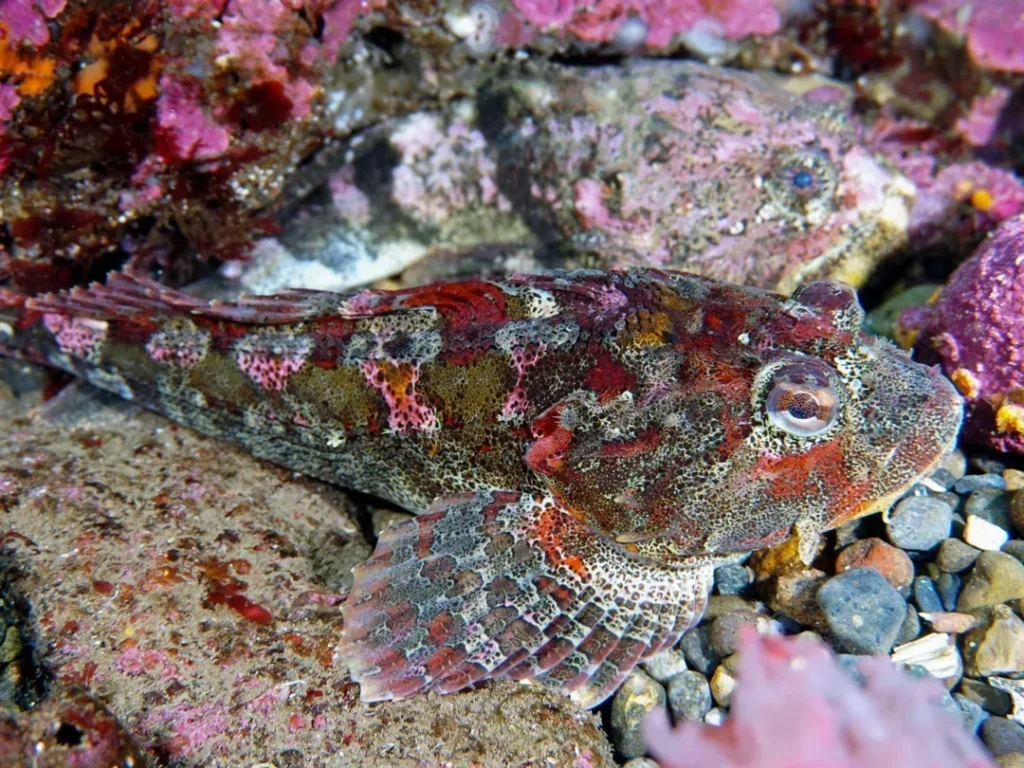
Our local waters are home to three kinds of urchins, named for their color: green, red and purple. They use their spines to move along the rocks and help grab hold of algae to eat.
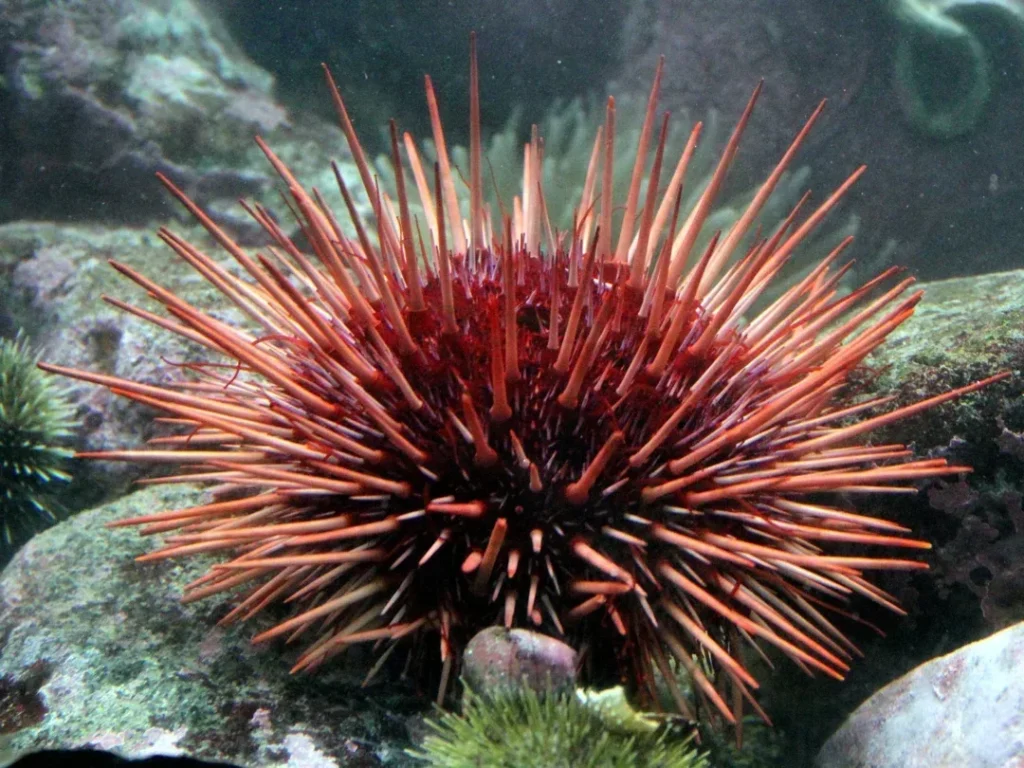
Like most chiton species, mossy chitons have eight plates on their back, surrounded by a shaggy girdle (fold of flesh). They're often seen covered in barnacles or other organisms.
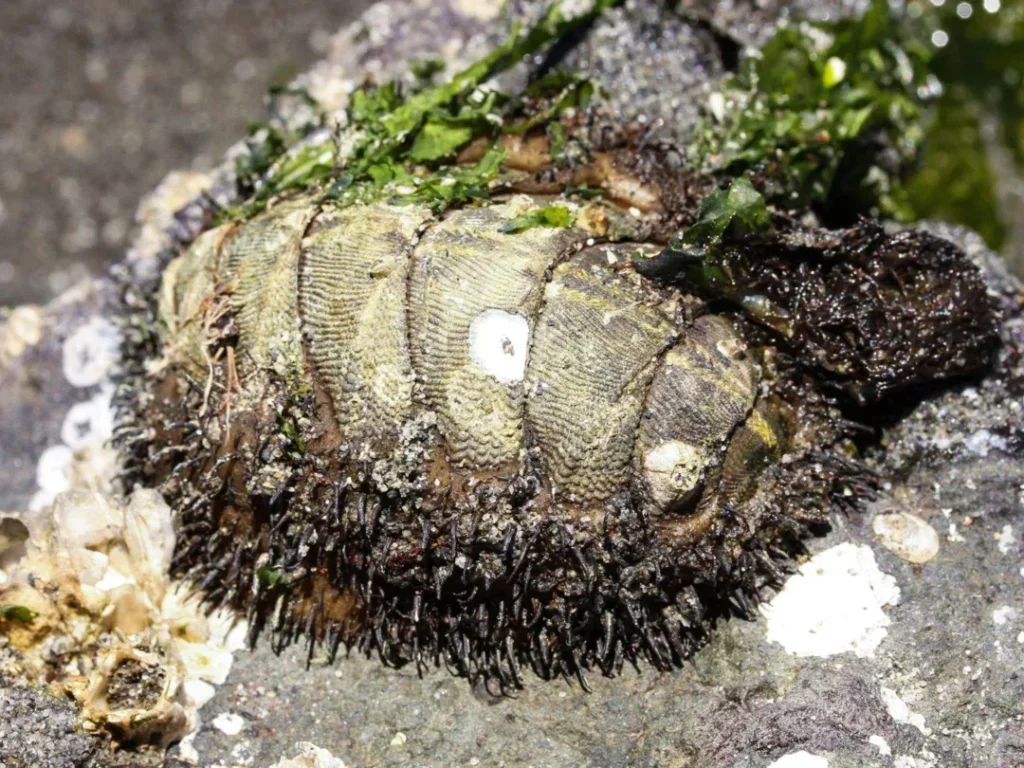
The beautiful, flower-like tentacles of the plumose anemone capture hundreds of tiny plankton to eat. When closed, this anemone may be feeding or just resting after being touched.
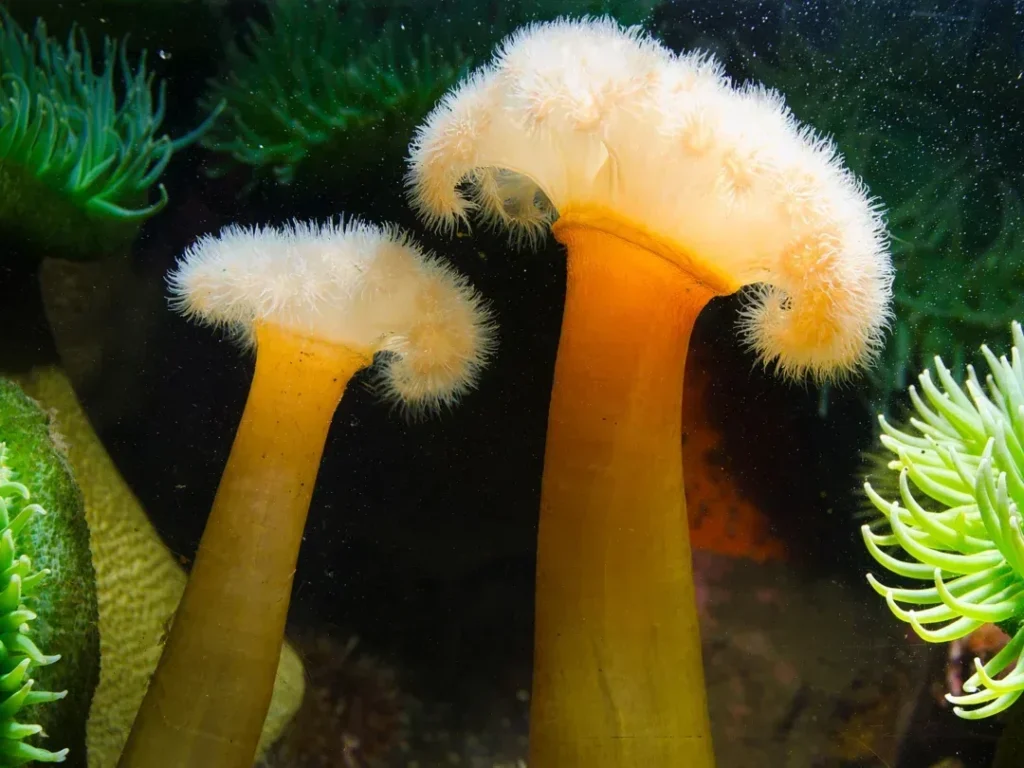
Like all limpet species, plate limpets are a kind of marine snail. They clamp down on rocks at low tide; when underwater, they move around, eating algae with their tough tongues.

Also known as the Christmas anemone, the painted anemone is common throughout the intertidal zone (the area where the ocean meets the land between low and high tides).
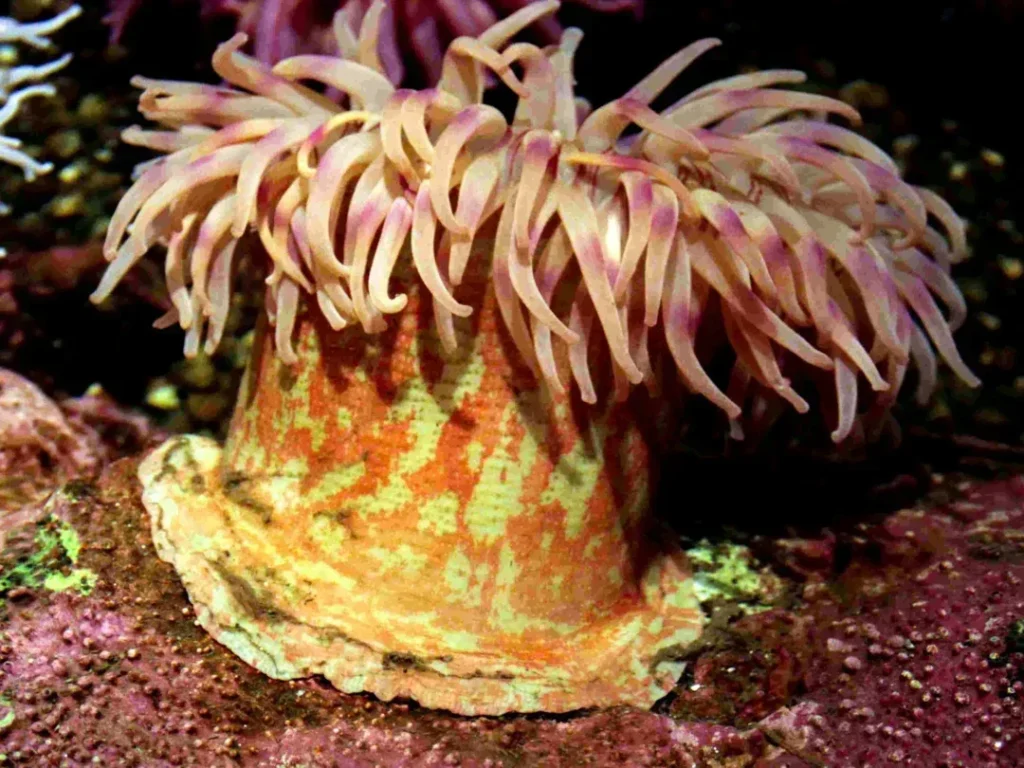
Although their name suggests a vivid red color, Pacific blood stars may also be orange, tan or even purple. This species loves to feast on sponges in the intertidal zone.
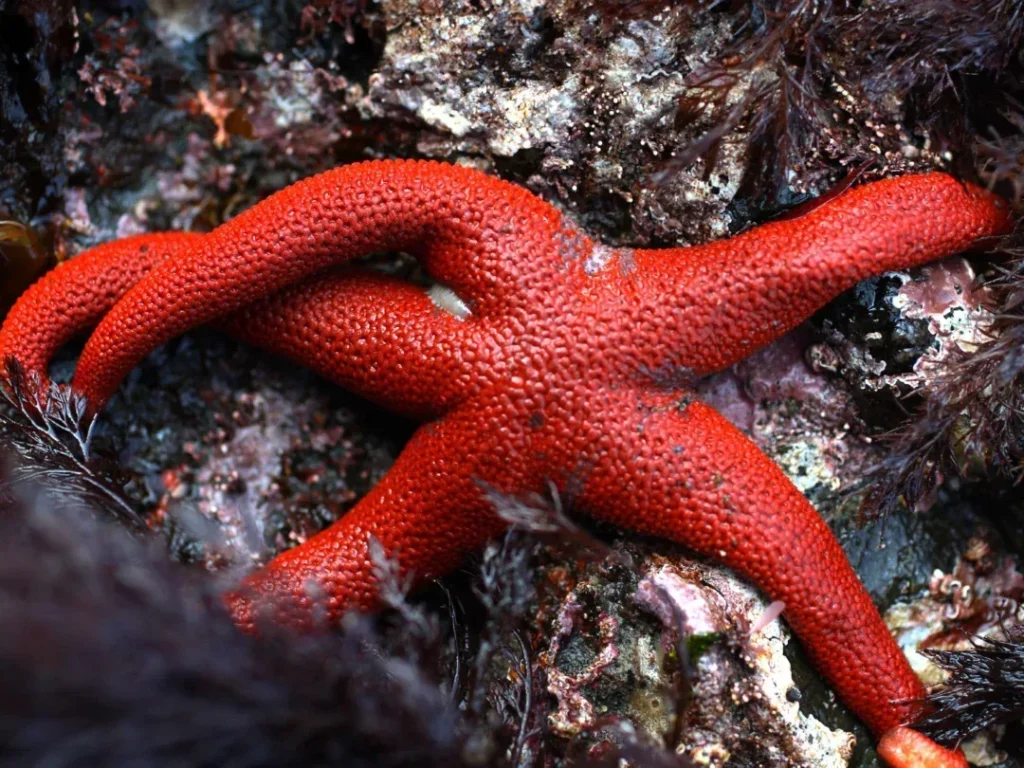
Leather stars get their names from the texture on top of their bodies: it's leathery and slick. Fast fact: these invertebrates (animals without backbones) smell like garlic!
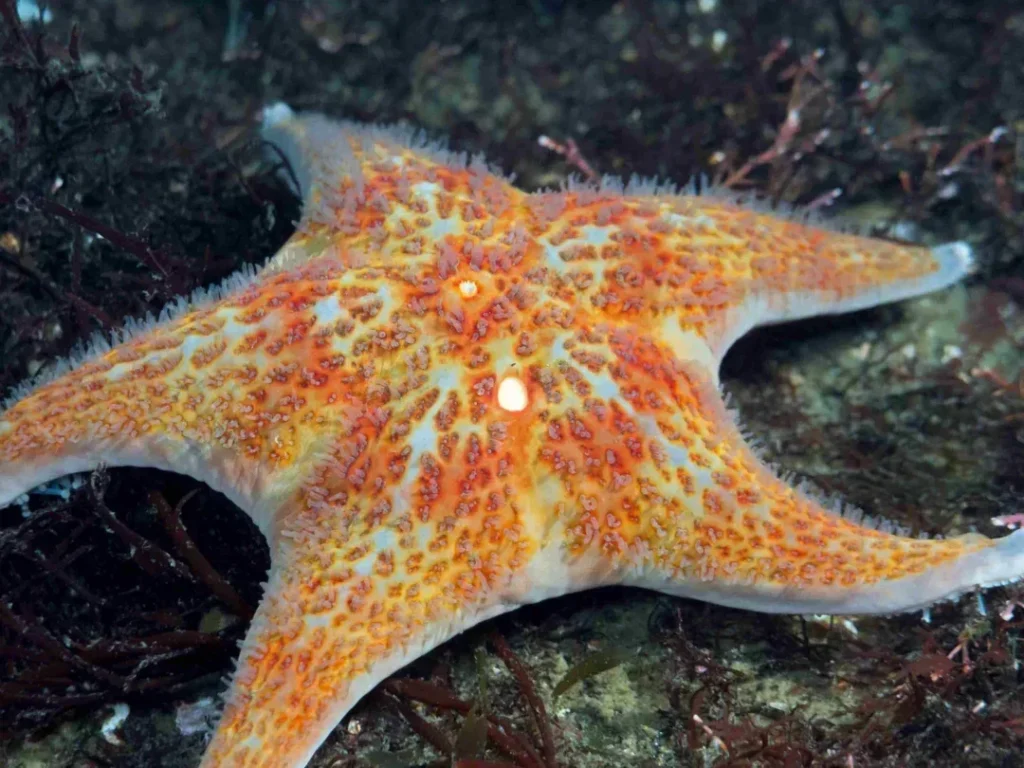
The keyhole limpet often plays host to the symbiotic scale worm. The worm lives in the limpet's mantle and nips at any predatory sea star that tries to make the limpet a meal.
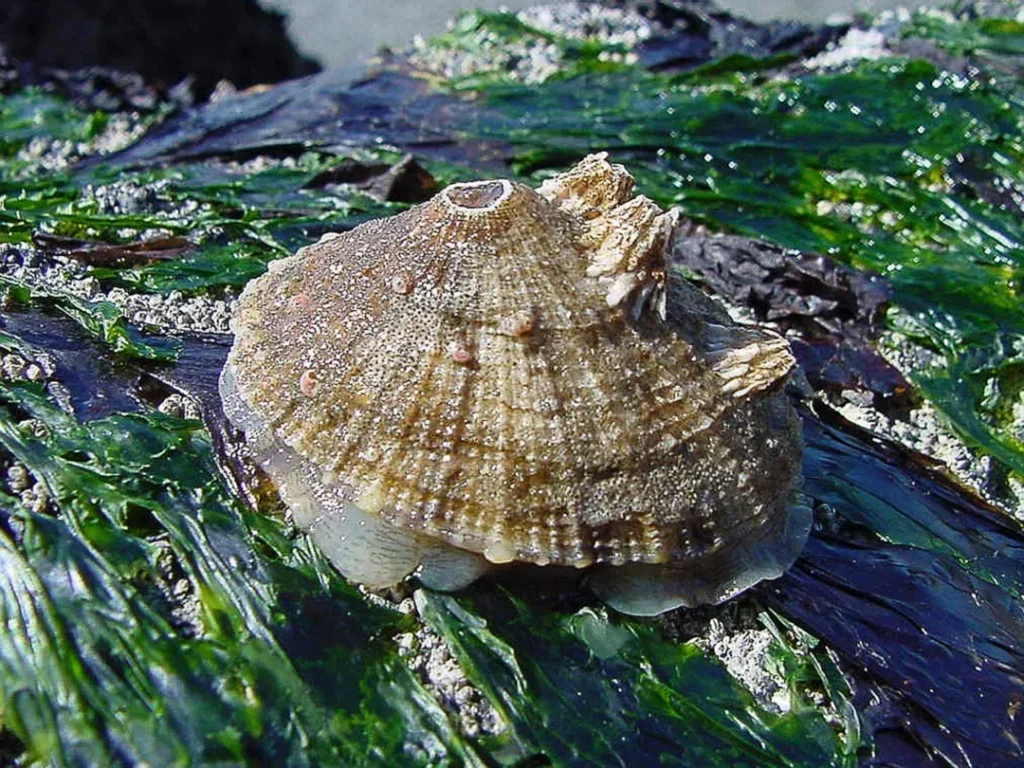
Unlike most fish, the males and females of this species do not look alike. Males are gray or dull brown with blue spots. Females are blue or gray with orange spots and fins.
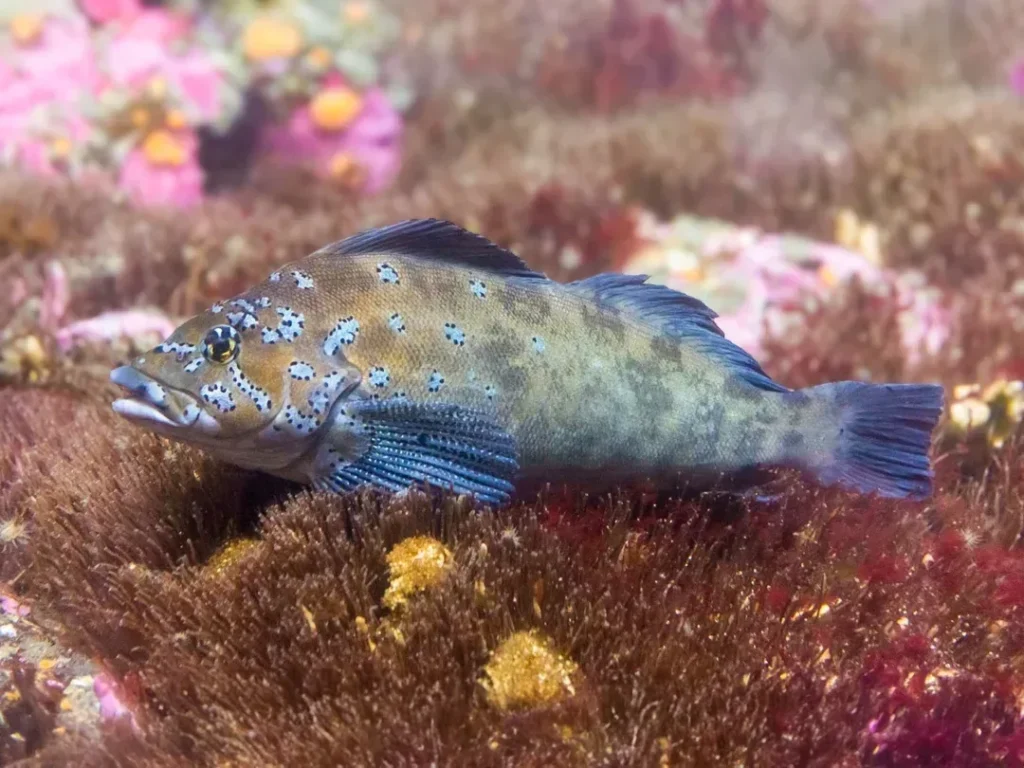
True to its name, this crab is often found among kelp beds. It especially likes bull kelp, which it uses for food and protection from predators.
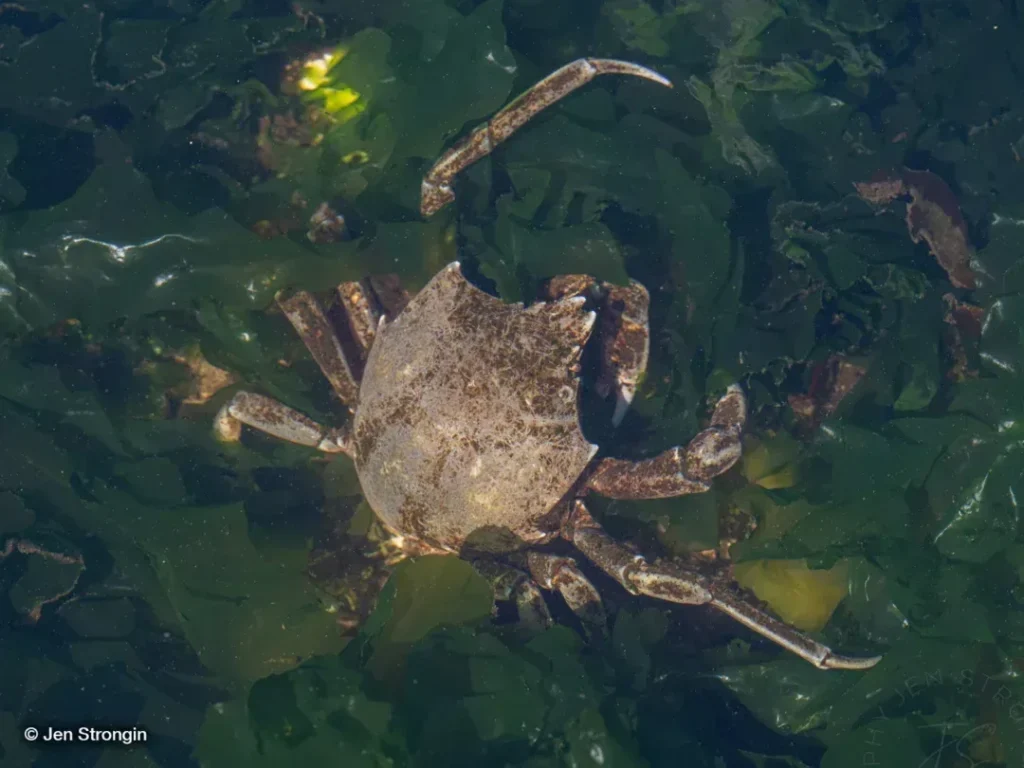
Chitons are mollusks related to snails and octopuses. Gumboot chitons scrape algae from rocks using their strong teeth, which are capped with a tough, magnetic material.
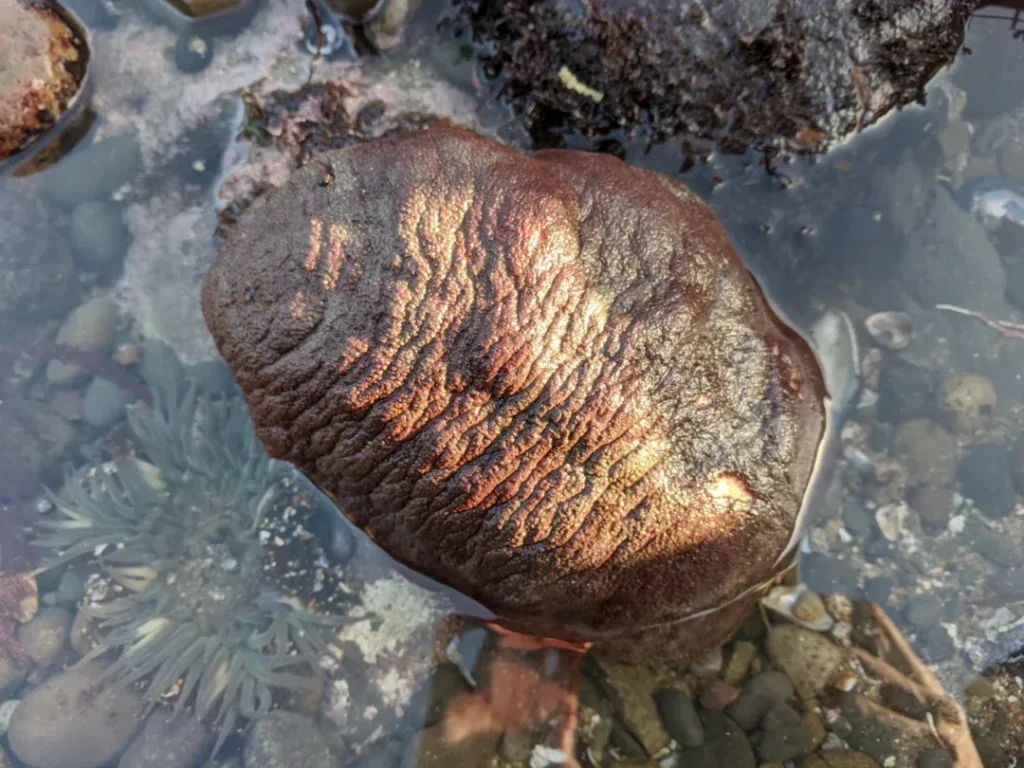
A sea urchin's mouth is called “Aristotle's lantern.” The green sea urchin uses a complex system of muscles to maneuver its mouth and graze on algae with its strong, sharp teeth.

The deacon rockfish was originally thought to be the same species as the blue rockfish, but in 2015 scientists confirmed the two are distinct.
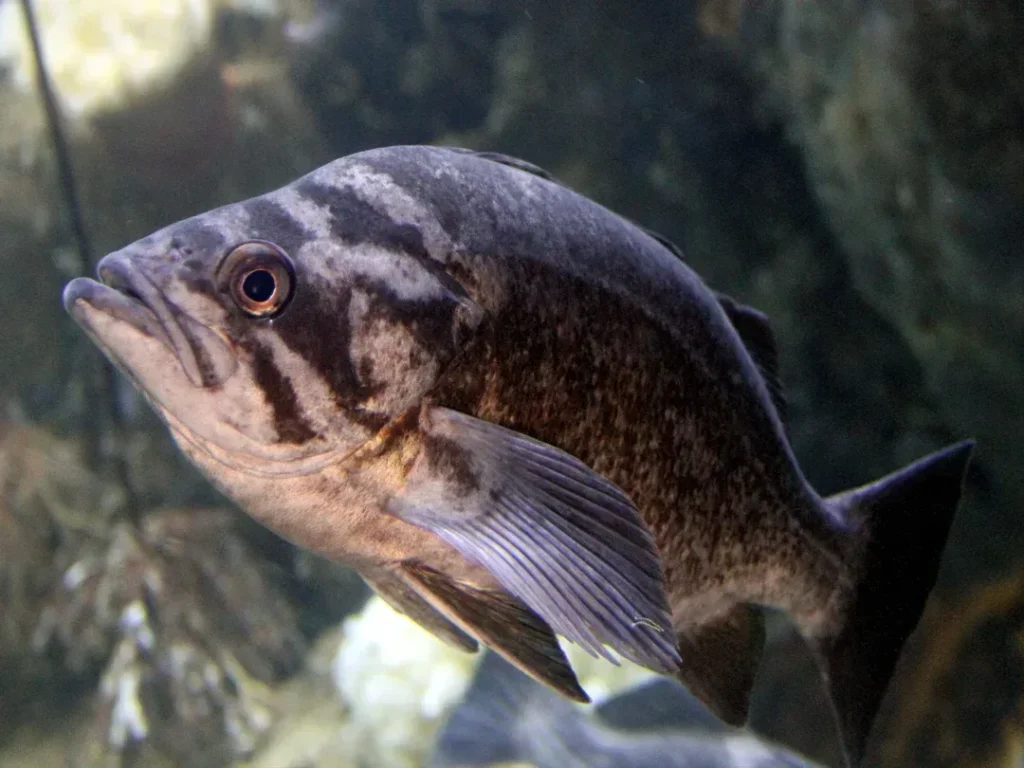
Like many rockfish, this vibrant species has a long lifespan. Canary rockfish can live up to 75 years! They tend to move to deeper waters as they grow.
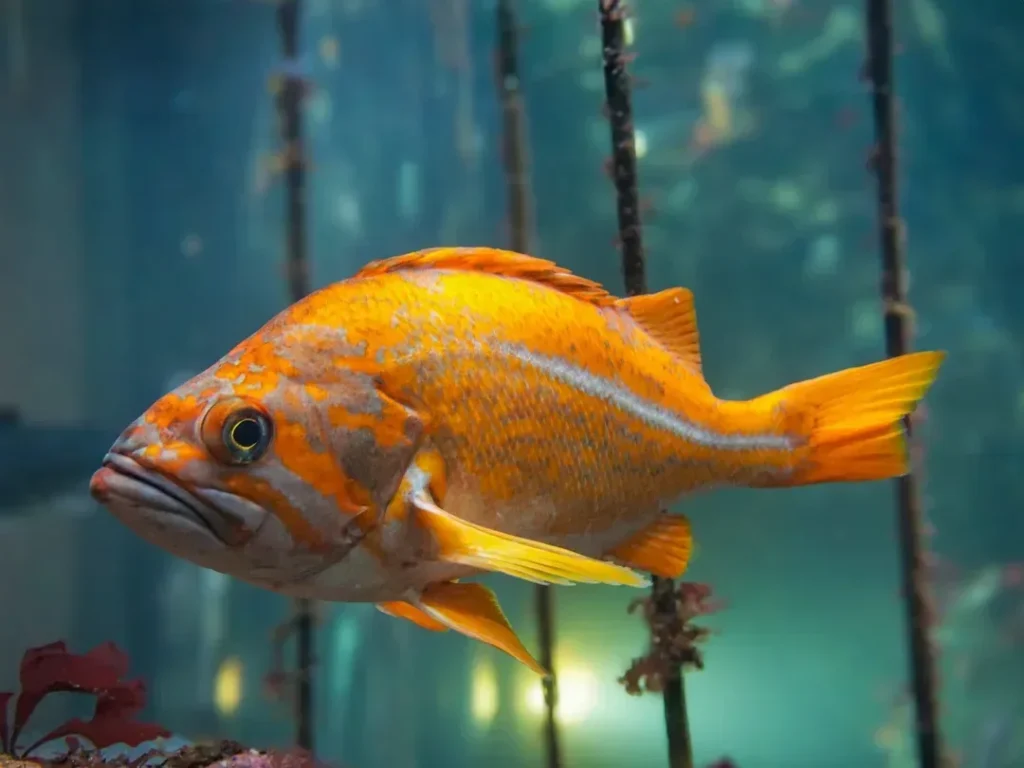
This colorful species is territorial and likes to stay in one area for most of its life. But they are known to share rocky spaces with giant Pacific octopuses.
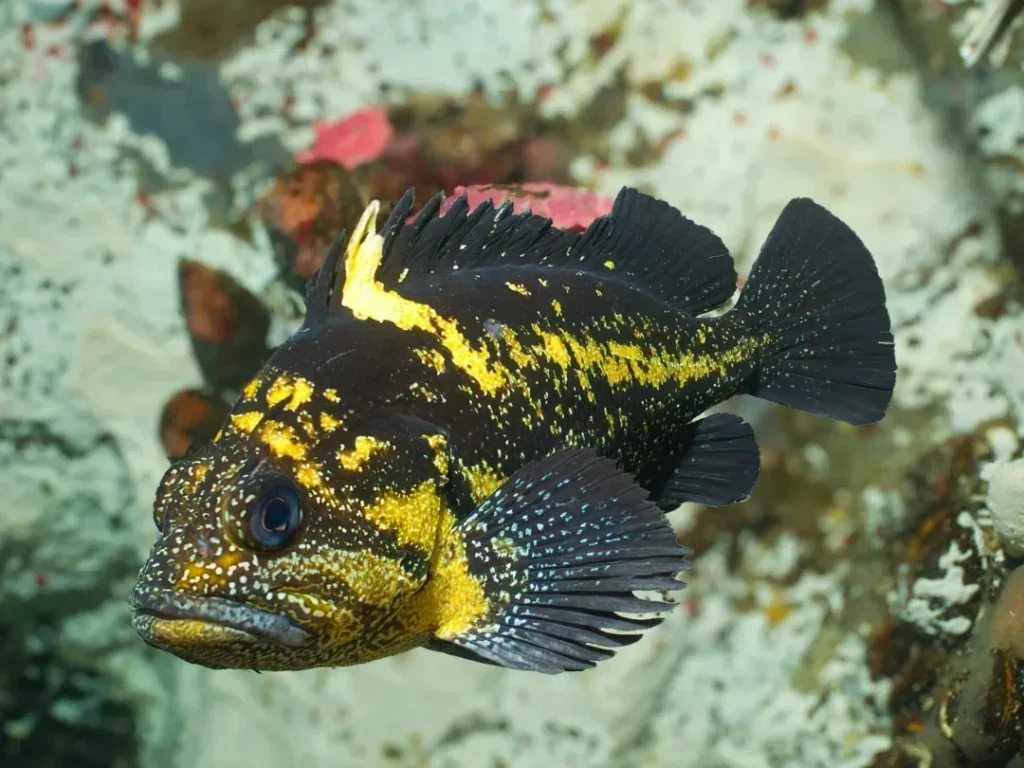
Juvenile coho salmon eat small organisms like insects and plankton, but adults prey mostly on other fish, including young pink and chum salmon.
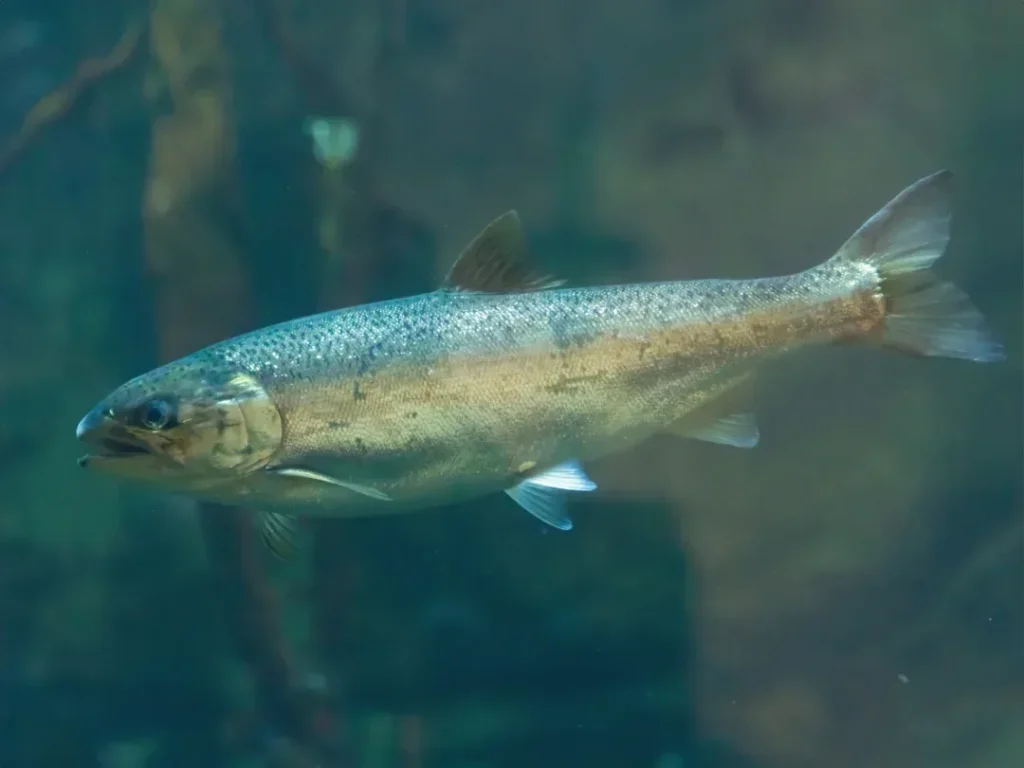
Like many rockfish, copper rockfish spend their youth in shallower waters before heading out to deeper waters, where they inhabit rocky reefs.
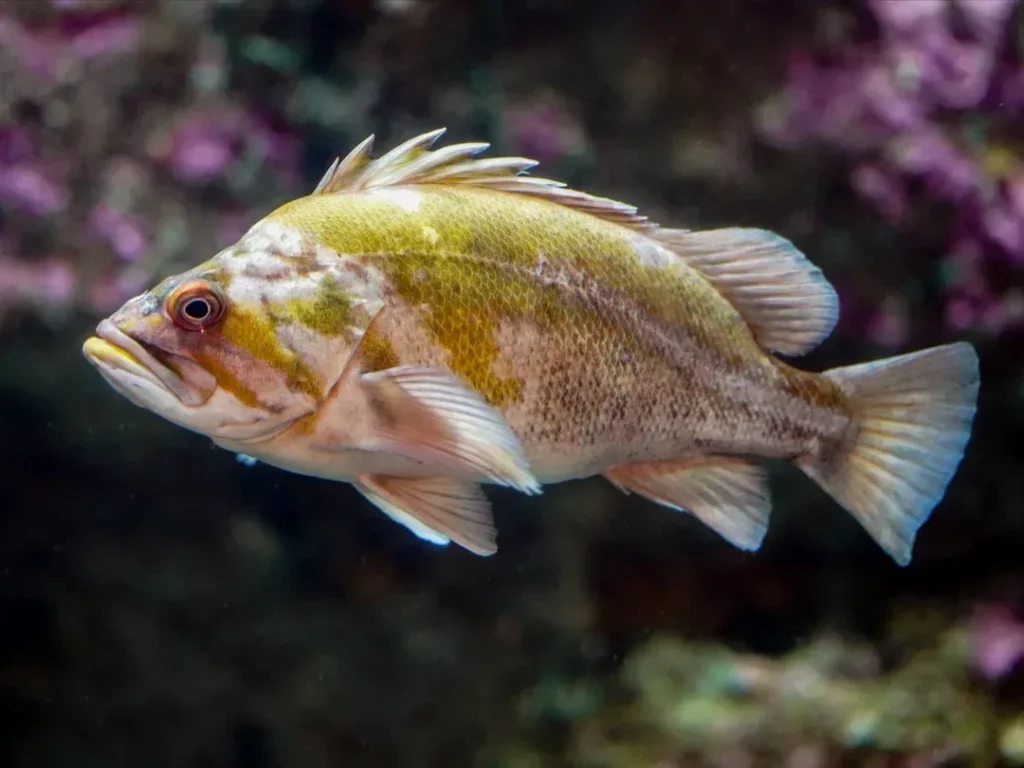
True to their name, these anemones eat small fish, as well as shrimp and other invertebrates. They use their venomous nematocytes and strong tentacles to bring down prey.
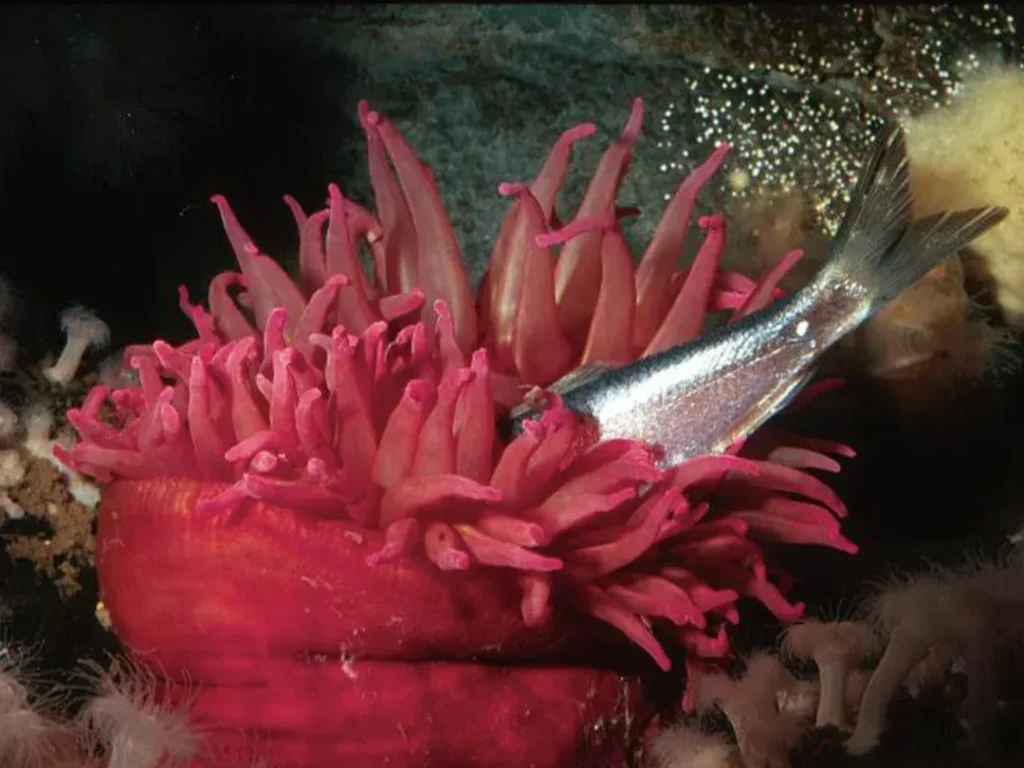
These anemones get some of their bold color from algae living in their tissue. The anemone shelters and protects the algae, while the algae photosynthesize food for the anemone.

Black rockfish spines are venomous, though they don't pose much danger to humans. They eat fish, crustaceans and mollusks. These fish can live to be 50 years old!
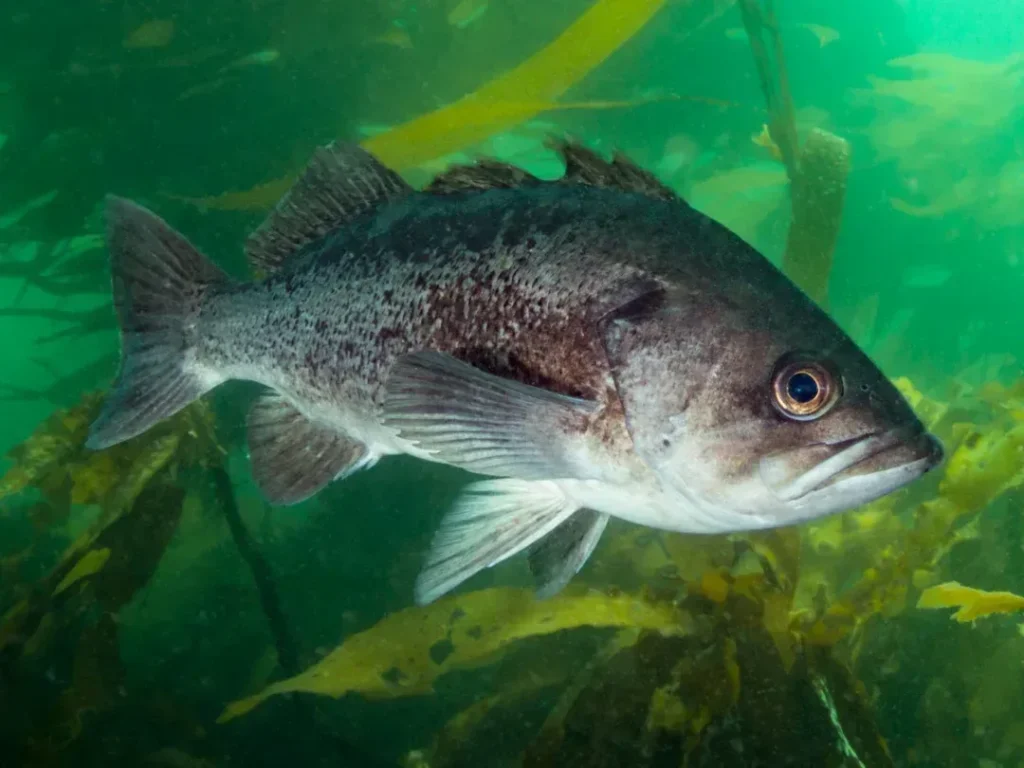
California sea cucumbers help keep the Aquarium and ocean clean. They use their sticky oral tentacles to grab and eat organic waste, like decaying algae or fish poop.
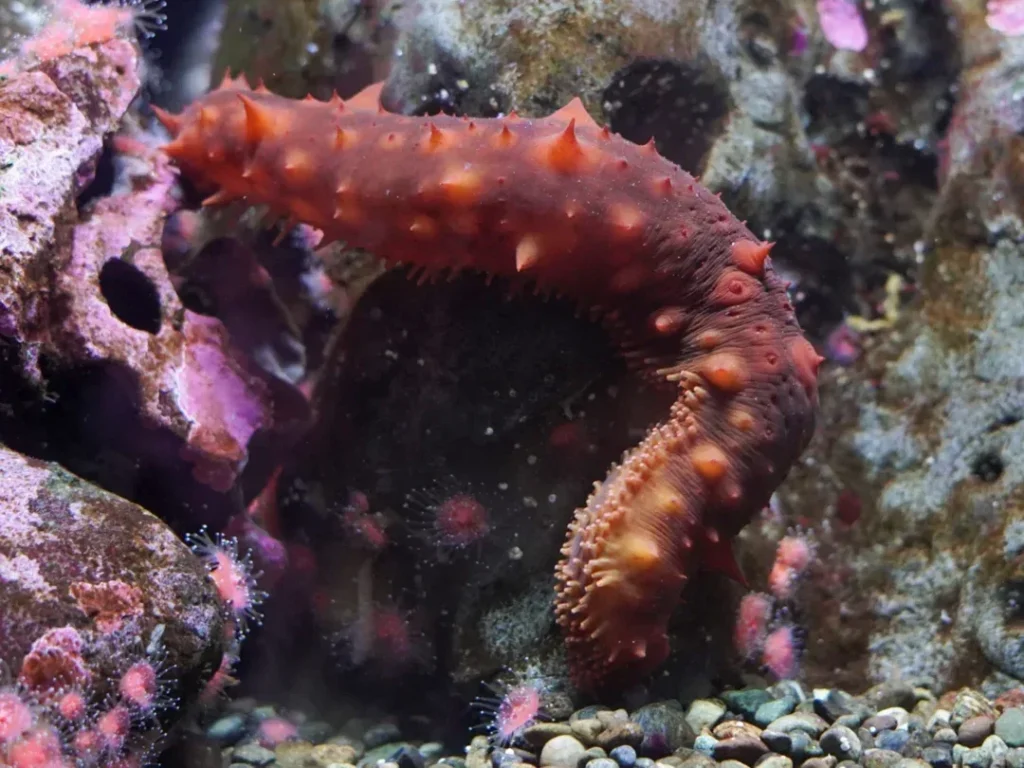
This fish is named after its large head, which it uses to eat mollusks, crustaceans and other fish. Males of this species guard their eggs—which are toxic to humans!
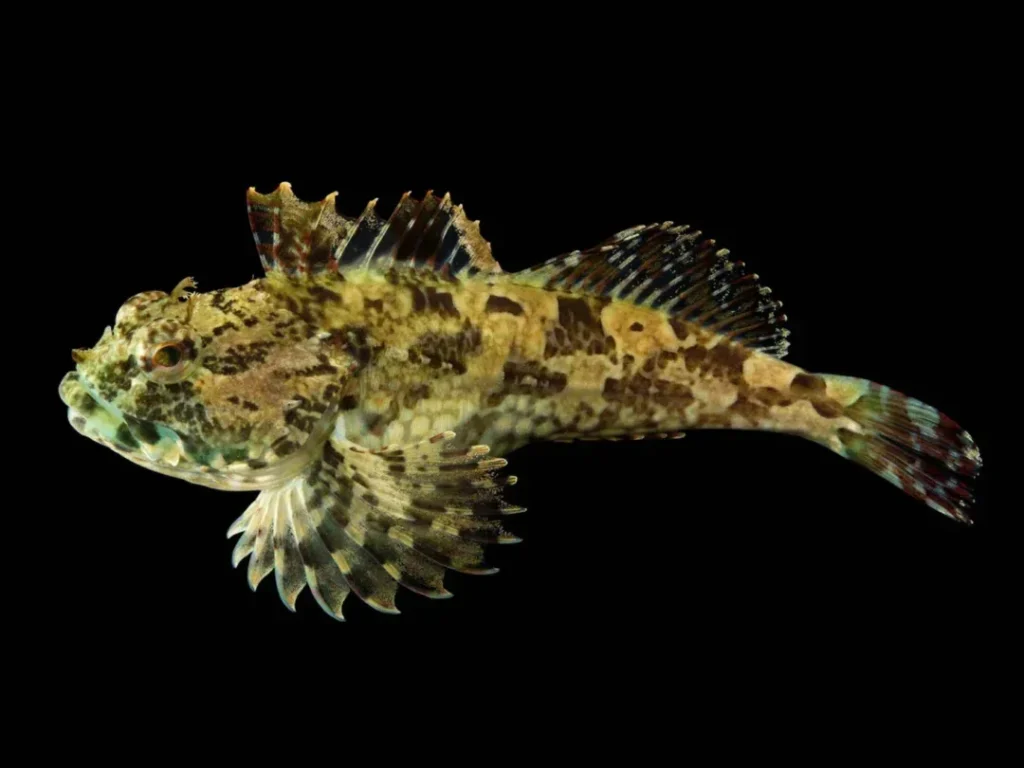
This bottom-dwelling fish is found along North America's Pacific Coast, from Alaska to Southern California. Their mottled coloring helps them camouflage on the rocky seafloor.
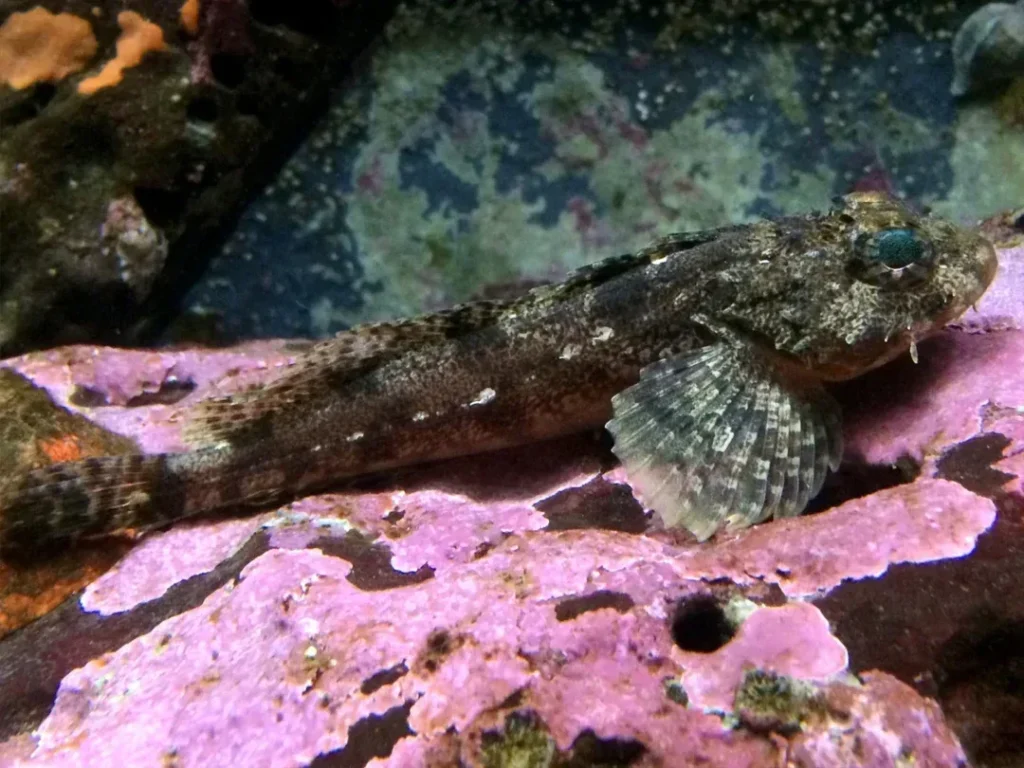
This large species of rockfish can grow up to 3 feet long and live nearly 50 years. They start their lives in shallow waters before venturing into deeper, colder waters.
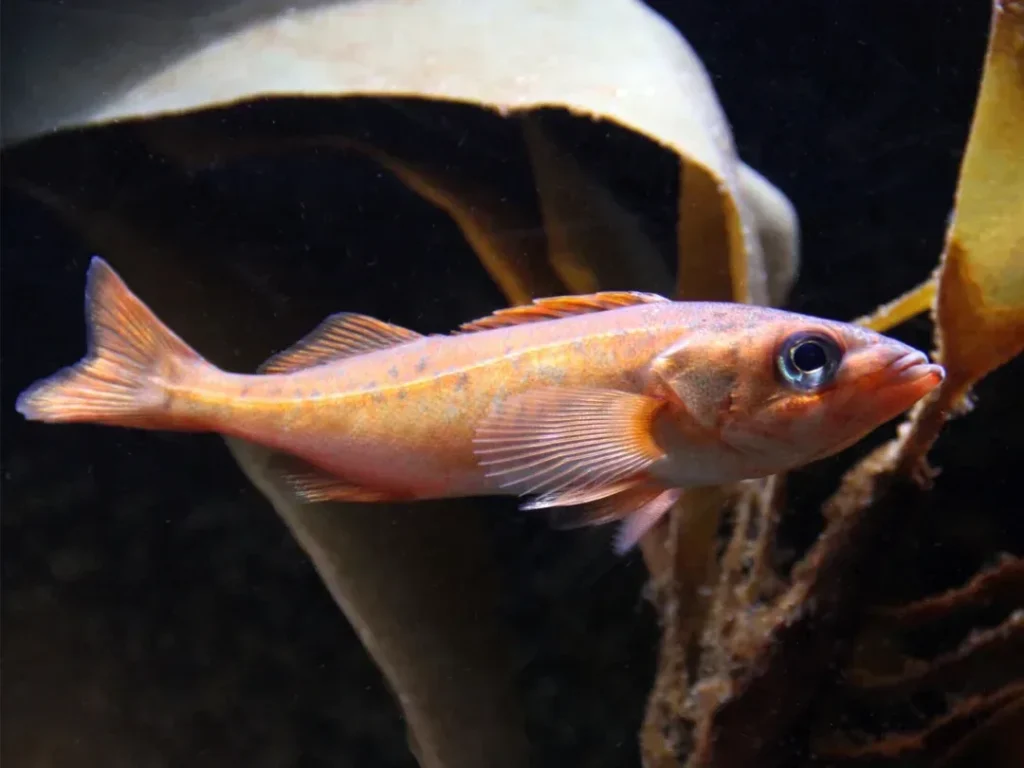
This fish can change from female to male. One male will partner with several females at once and guard their eggs until they hatch.

Experience the beauty of our lively local waters. This 120,000-gallon habitat provides an immersive look into the highly diverse marine ecosystem around Cape Flattery, located off Washington’s outer coast. Here you can learn more about many iconic local species of fish—including salmon, rockfish and sculpins—plus kelp, anemones, sea stars, urchins and more!
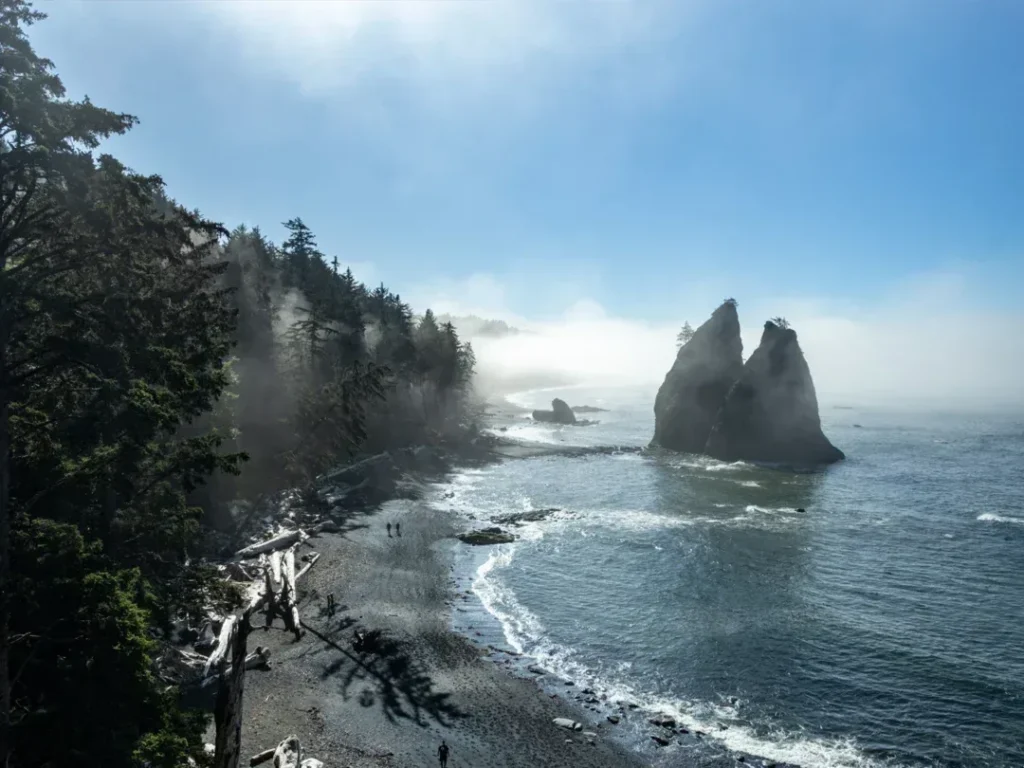
Overfishing: Marine ecosystems have limits to how many fish can be sustainably removed. Overfishing occurs when people—some operating illegally—remove too many fish from an area. Worldwide, the majority of fishing stocks are fished to their limits or beyond, threatening marine biodiversity and the billions of people who rely on the ocean for work or food.
This habitat’s main viewing window is angled so that its top juts out further than its bottom. This provides the immersive viewing experience that Seattle Aquarium guests know and love. And for a truly enveloping experience, step into Sound Surround, located just around the corner. This viewing window provides a wraparound view of the habitat.